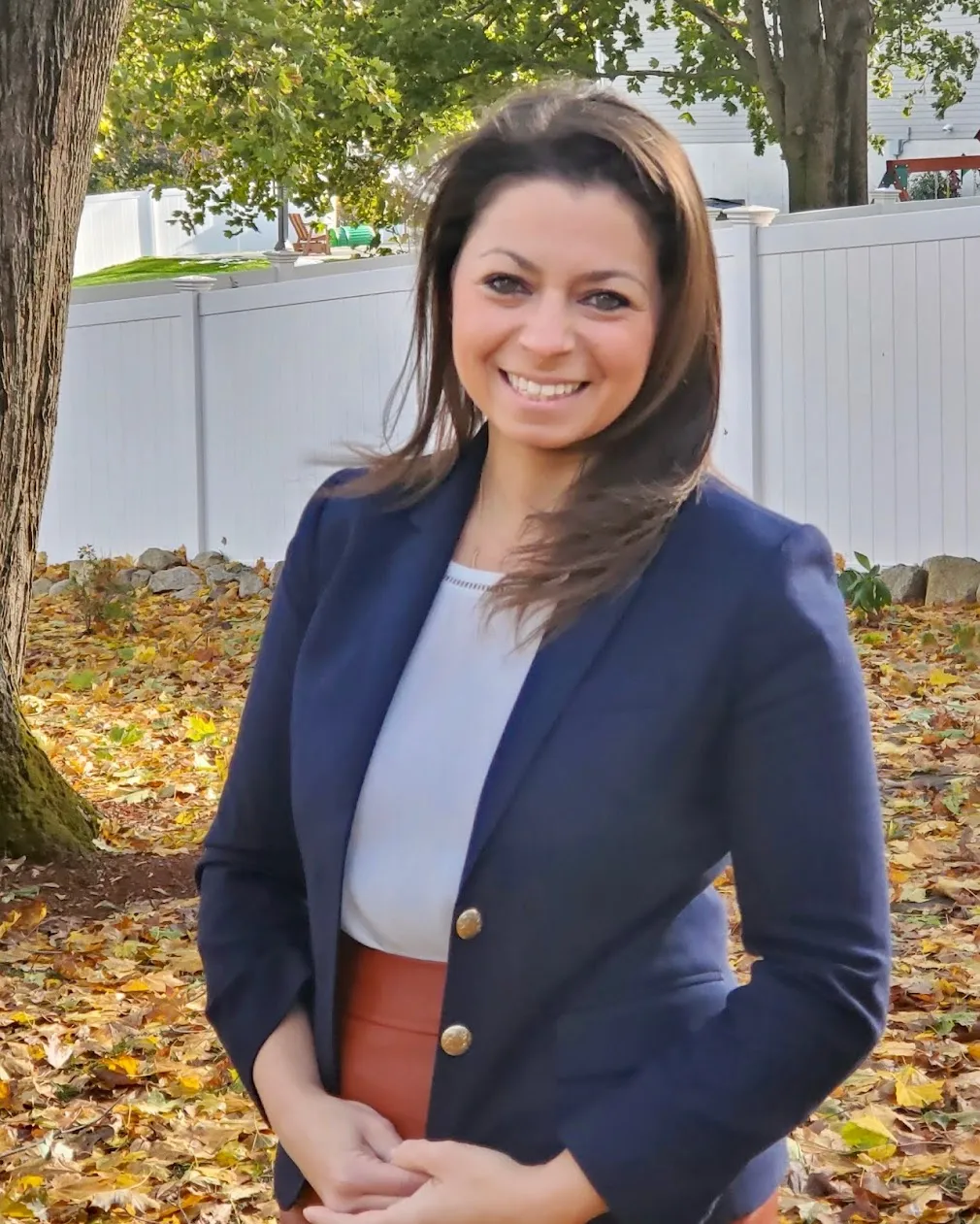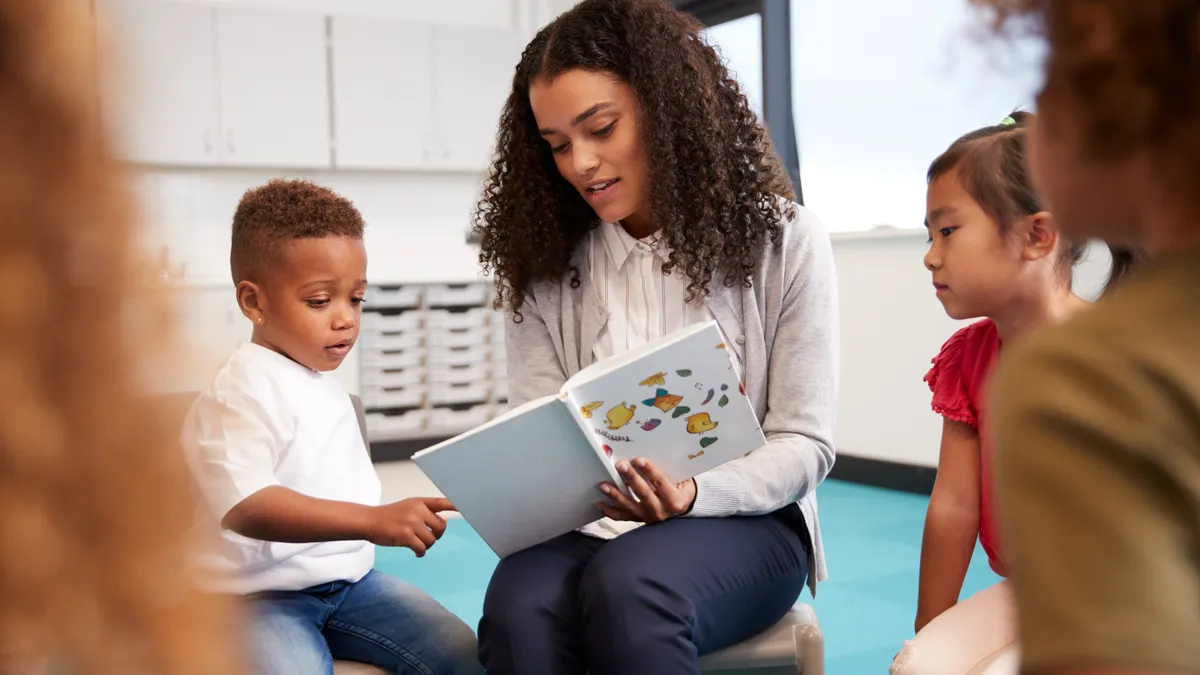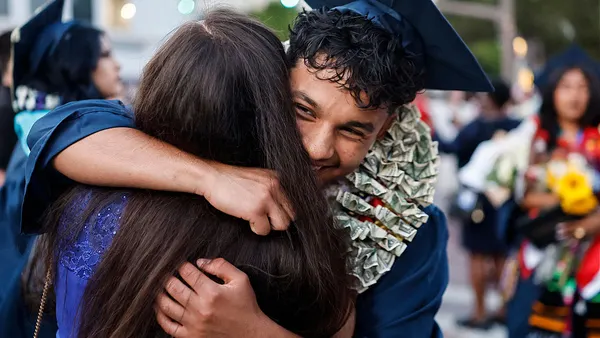Christina Cipriano is an associate professor at the Yale Child Study Center and director of the Education Collaboratory at Yale University.
As Black History Month comes to a close, many schools across the nation are finishing units that feature the stories of Black leaders of the Civil Rights Movement, Black artists, Black authors, Black musicians, Black politicians and Black athletes.
These efforts are important. But they are far from enough.
If we want to improve educational outcomes for Black students in our nation, we must start with their teachers.

In the 2020-21 school year, 80% of public school teachers in the U.S. were White, compared to only 46% of public school students. There is a growing body of research that points to the significant role of racial and ethnic congruence between teachers and students — students learn better from teachers who look like them. This science is the basis for the work of the Black Teacher Project and the National Alliance of Black School Educators, and every step to recruit and retain Black teachers is a step in the right direction.
To be sure, racial congruence is so much more than students doing better merely when their teachers look like them. What teachers teach can be culturally dependent.
Teachers may inadvertently teach material or endorse messages that are misaligned with experiences that resonate with the students in their classrooms. For example, a teacher may instruct students that questioning established school policies or classroom rules is disrespectful, yet some students come from families where assertiveness in the face of a perceived injustice is valued.
If students encounter messages in school that do not align to their values, they will either:
-
Code-switch, or adjust their behavior to their home or school environment, depending where they are.
-
Reject the lesson being taught and potentially the overall culture of school.
-
Suppress their cultural behavior and views in an effort to fit into the norms of the school.
Speaking of the school's norms, how teachers treat Black students is an area long overdue for change. There is a longstanding legacy of disparate treatment of Black students, evidenced by the disproportionate rates of surveillance by teachers, disciplinary referrals and more punitive exclusionary placements of Black youth — and particularly Black boys — compared to their peers. The differential treatment of Black students is evidence of biases held by educators,conscious or unconscious,
Want to improve the educational outcomes for Black students in your school? Don’t wait for next February.
Start now and invest in implicit bias training for educators and school leaders.
Then, consider these questions:
-
Do your school policies reflect the diversity of students in your classrooms?
-
Who gets to define what is “best” for students and teachers at your school?
-
Which students and teachers are held up as the “best” in your school community?
-
Are leaders committed to intentionally advancing policies and practices that serve the best interest of the whole school community?
Your answers and actions thereafter will build your path forward. Teaching Black history is only one step in the journey to do better and be better for all our nation’s students.







 Dive Awards
Dive Awards





